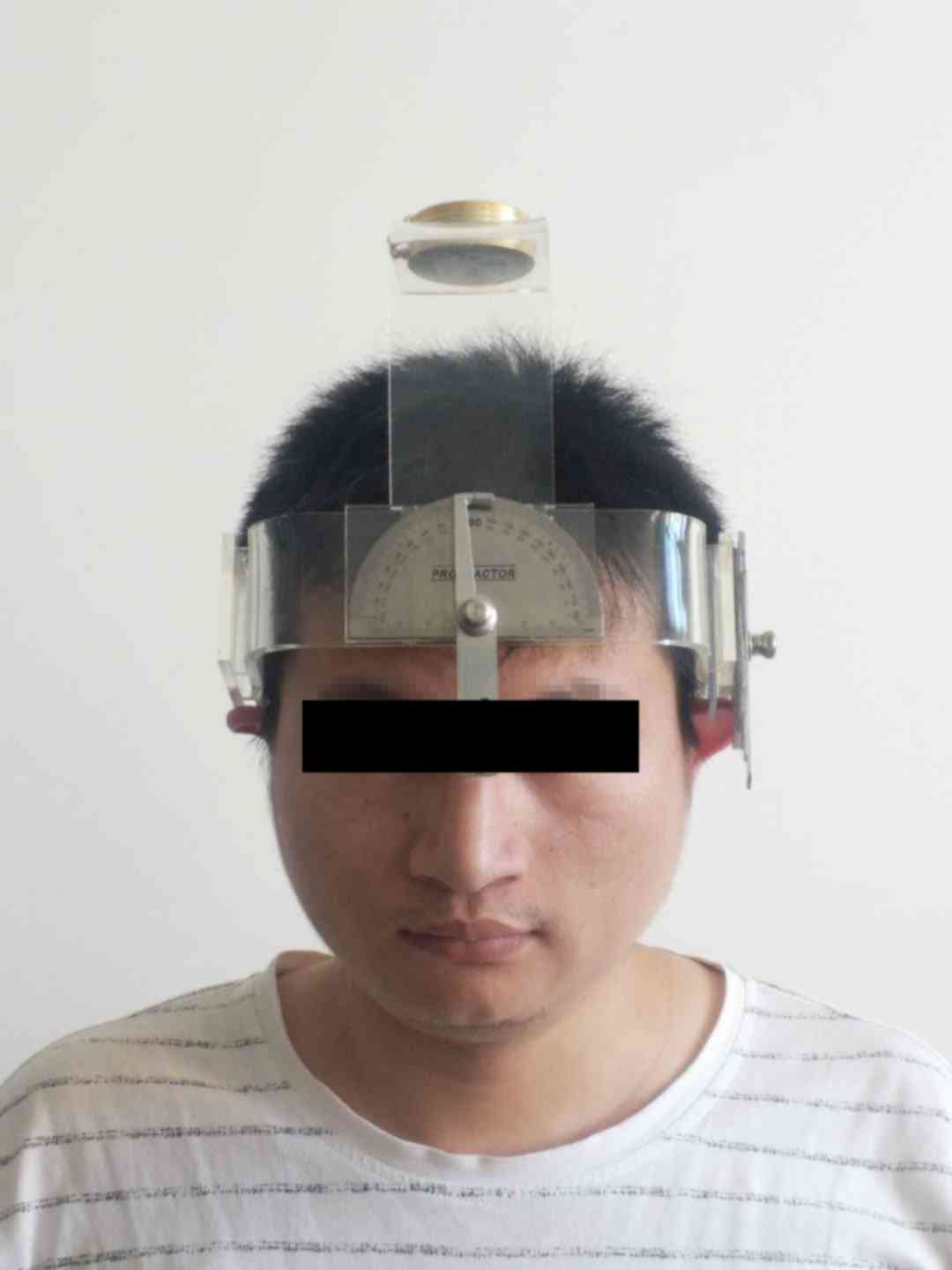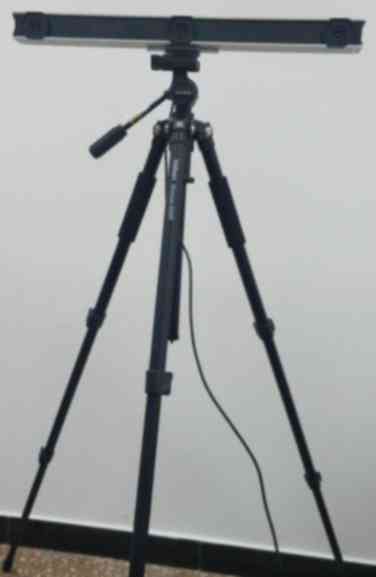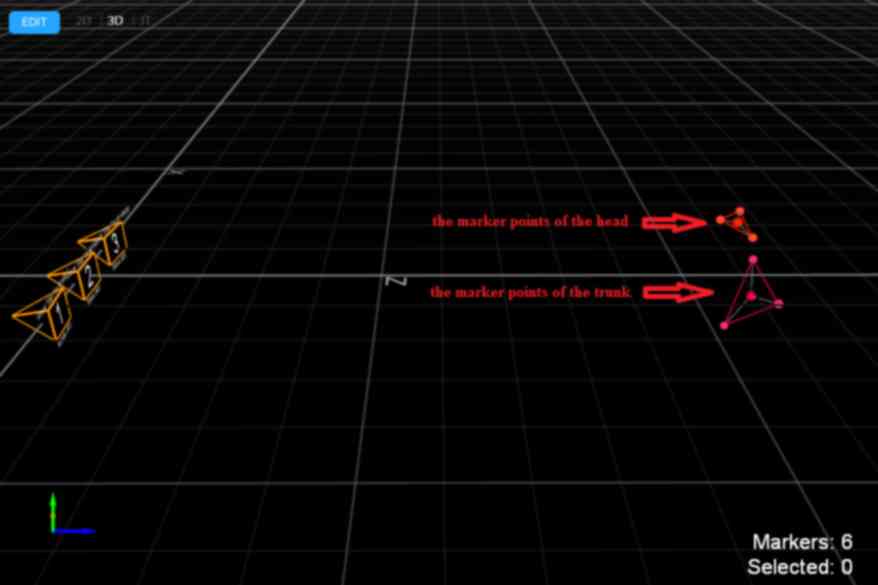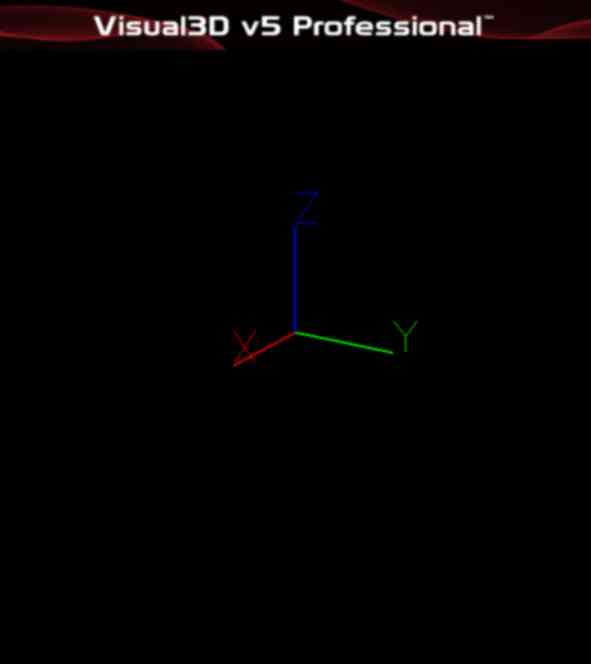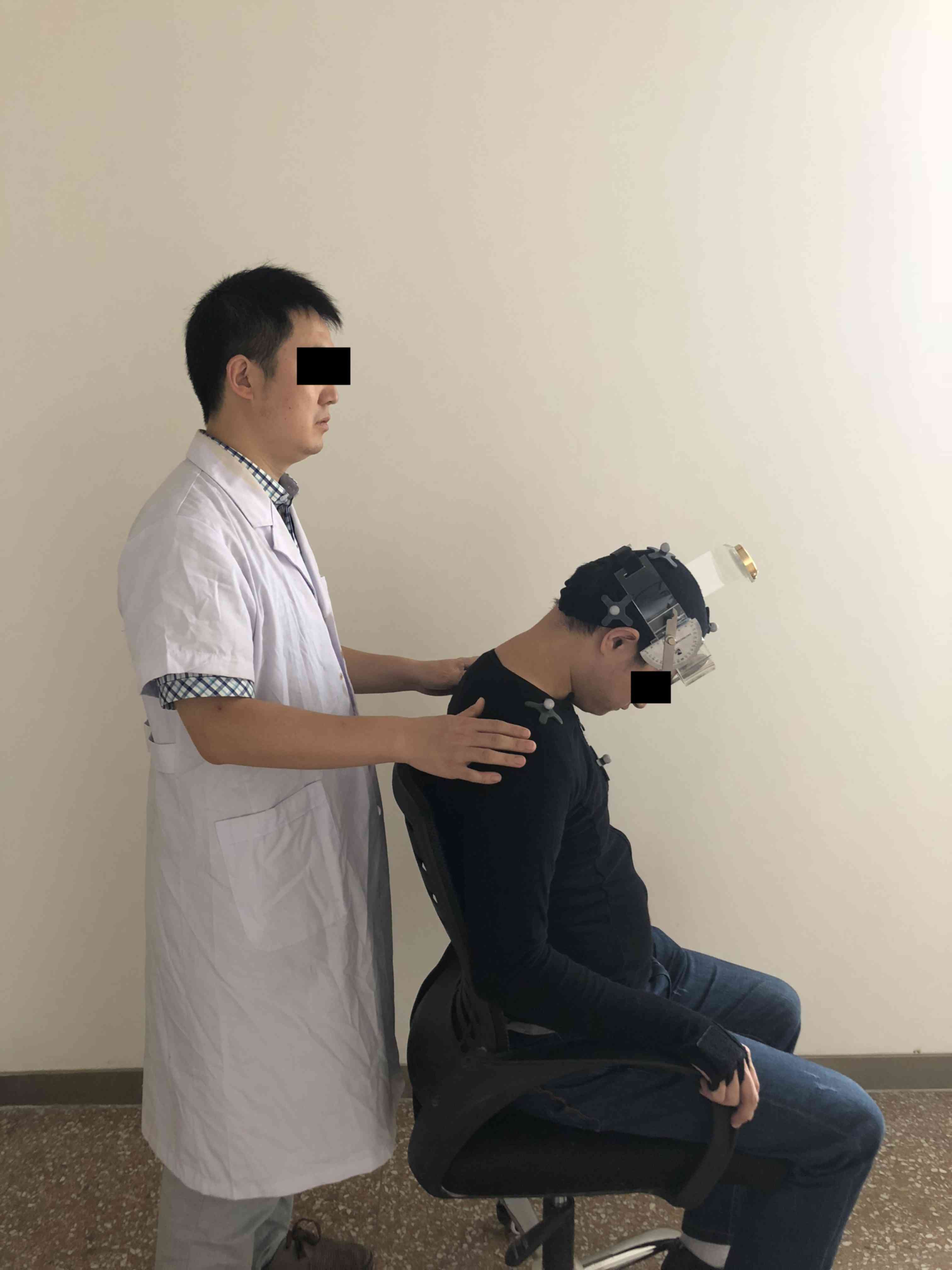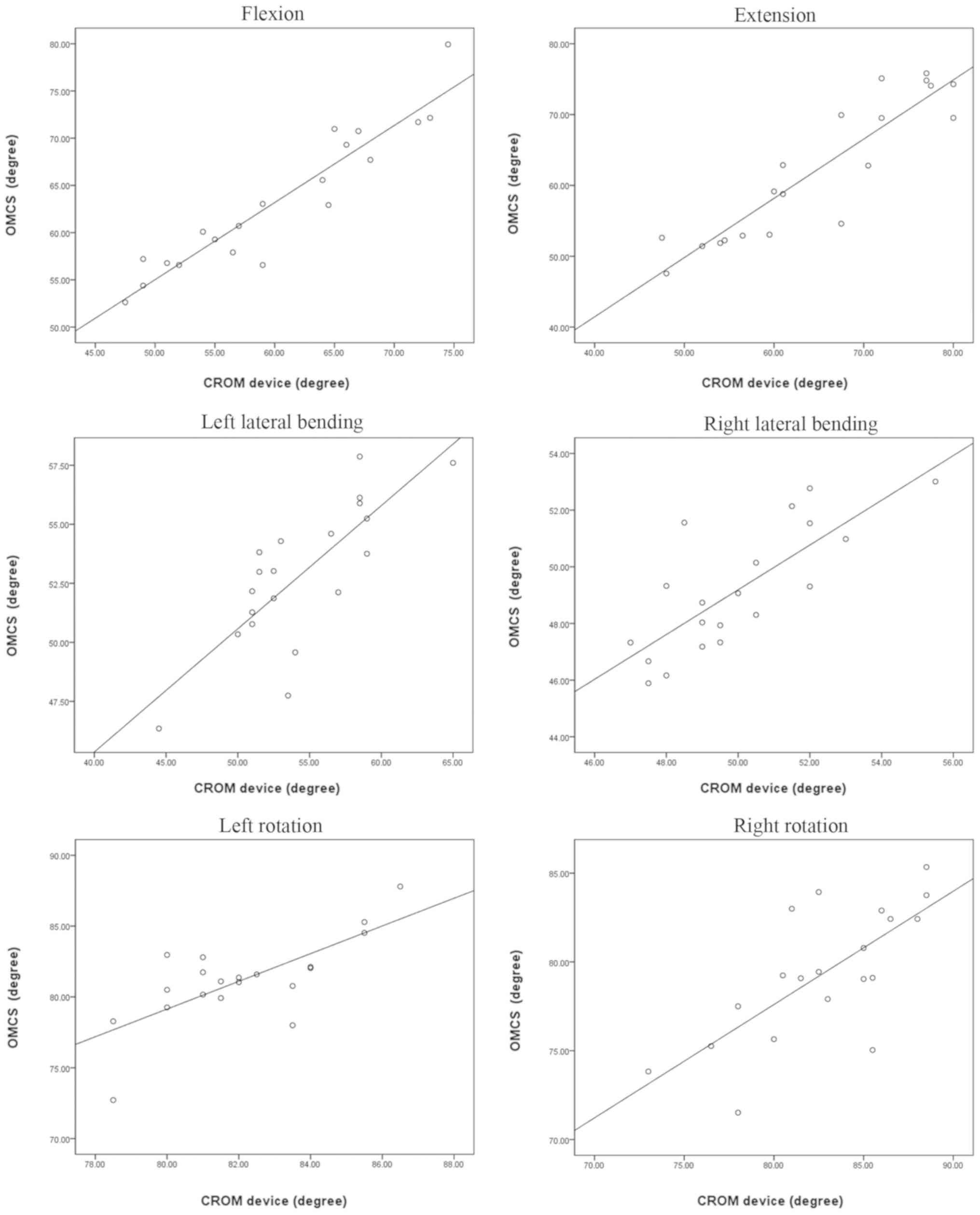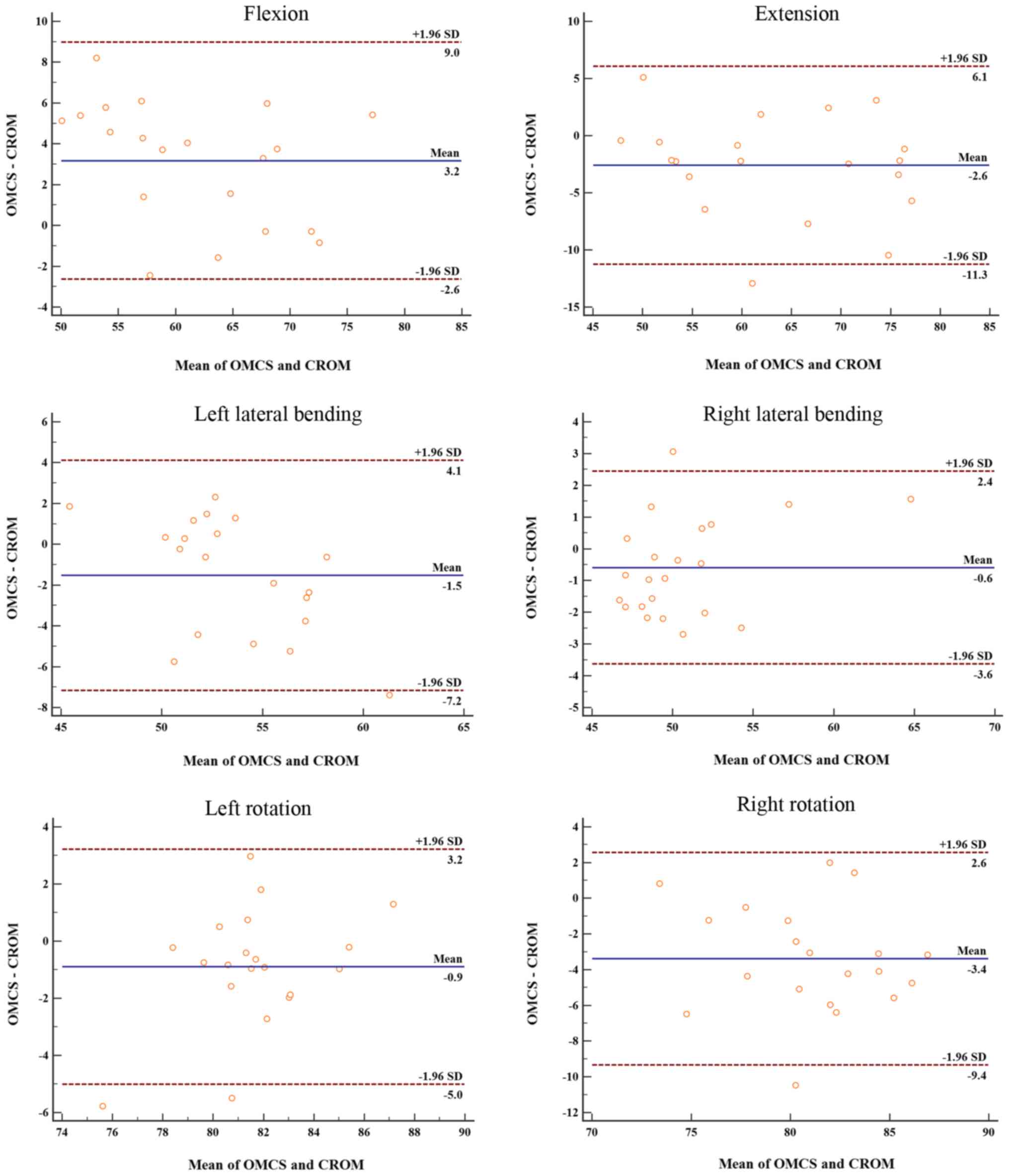|
1
|
Cohen SP and Hooten WM: Advances in the
diagnosis and management of neck pain. BMJ. 358:j32212017.
View Article : Google Scholar : PubMed/NCBI
|
|
2
|
Côté P, Cassidy JD, Carroll LJ and
Kristman V: The annual incidence and course of neck pain in the
general population: A population-based cohort study. Pain.
112:267–273. 2004. View Article : Google Scholar : PubMed/NCBI
|
|
3
|
Audette I, Dumas JP, Cote JN and De Serres
SJ: Validity and between-day reliability of the cervical range of
motion (CROM) device. J Orthop Sports Phy Ther. 40:318–323. 2010.
View Article : Google Scholar
|
|
4
|
Aranha MF, Muller CE and Gaviao MB: Pain
intensity and cervical range of motion in women with myofascial
pain treated with acupuncture and electroacupuncture: A
double-blinded, randomized clinical trial. Braz J Phy Ther.
19:34–43. 2015. View Article : Google Scholar
|
|
5
|
Silva ACO, Biasotto-Gonzalez DA, Oliveira
FHM, Andrade AO, Gomes CAFP, Lanza FC, Amorim CF and Politti F:
Effect of osteopathic visceral manipulation on pain, cervical range
of motion, and upper trapezius muscle activity in patients with
chronic nonspecific neck pain and functional dyspepsia: A
randomized, double-blind, placebo-controlled pilot study. Evid
Based Complement Alternat Med. 2018:49292712018. View Article : Google Scholar : PubMed/NCBI
|
|
6
|
Gao Z, Song H, Ren F, Li Y, Wang D and He
X: Reliability and validity of CODA motion analysis system for
measuring cervical range of motion in patients with cervical
spondylosis and anterior cervical fusion. Exp Ther Med.
14:5371–5378. 2017.PubMed/NCBI
|
|
7
|
Bogduk N and Mercer S: Biomechanics of the
cervical spine. I: Normal kinematics. Clin Biomech (Bristol, Avon).
15:633–648. 2000. View Article : Google Scholar : PubMed/NCBI
|
|
8
|
Kubas C, Chen YW, Echeverri S, McCann SL,
Denhoed MJ, Walker CJ, Kennedy CN and Reid WD: Reliability and
validity of cervical range of motion and muscle strength testing. J
Strength Cond Res. 31:1087–1096. 2017. View Article : Google Scholar : PubMed/NCBI
|
|
9
|
Hirsch BP, Webb ML, Bohl DD, Fu M, Buerba
RA, Gruskay JA and Grauer JN: Improving visual estimates of
cervical spine range of motion. Am J Orthop (Belle Mead NJ).
43:E261–E265. 2014.PubMed/NCBI
|
|
10
|
Asha SE and Pryor R: Validation of a
method to assess range of motion of the cervical spine using a tape
measure. J Manipulative Physiol Ther. 36:538–545. 2013. View Article : Google Scholar : PubMed/NCBI
|
|
11
|
Dunleavy K, Neil J, Tallon A and Adamo DE:
Reliability and validity of cervical position measurements in
individuals with and without chronic neck pain. J Man Manip Ther.
23:188–196. 2015. View Article : Google Scholar : PubMed/NCBI
|
|
12
|
De-la-Puente-Ranea L, Garcia-Calvo B, La
Touche R, Fernandez-Carnero J and Gil-Martinez A: Influence of the
actions observed on cervical motion in patients with chronic neck
pain: A pilot study. J Exerc Rehabil. 12:346–354. 2016. View Article : Google Scholar : PubMed/NCBI
|
|
13
|
Wibault J, Vaillant J, Vuillerme N,
Dedering A and Peolsson A: Using the cervical range of motion
(CROM) device to assess head repositioning accuracy in individuals
with cervical radiculopathy in comparison to neck- healthy
individuals. Man Ther. 18:403–409. 2013. View Article : Google Scholar : PubMed/NCBI
|
|
14
|
Tousignant M, de Bellefeuille L,
O'Donoughue S and Grahovac S: Criterion validity of the cervical
range of motion (CROM) goniometer for cervical flexion and
extension. Spine (Phila Pa 1976). 25:324–330. 2000. View Article : Google Scholar : PubMed/NCBI
|
|
15
|
Ito K, Yukawa Y, Machino M, Kobayakawa A
and Kato F: Range of motion determined by multidetector-row
computed tomography in patients with cervical ossification of the
posterior longitudinal ligament. Nagoya J Med Sci. 77:221–228.
2015.PubMed/NCBI
|
|
16
|
Maksymowych WP, Mallon C, Richardson R,
Conner-Spady B, Jauregui E, Chung C, Zappala L, Pile K and Russell
AS: Development and validation of a simple tape-based measurement
tool for recording cervical rotation in patients with ankylosing
spondylitis: Comparison with a goniometer-based approach. J
Rheumatol. 33:2242–2249. 2006.PubMed/NCBI
|
|
17
|
Whitcroft KL, Massouh L, Amirfeyz R and
Bannister G: Comparison of methods of measuring active cervical
range of motion. Spine (Phila Pa 1976). 35:E976–E980. 2010.
View Article : Google Scholar : PubMed/NCBI
|
|
18
|
Tousignant M, Smeesters C, Breton AM,
Breton E and Corriveau H: Criterion validity study of the cervical
range of motion (CROM) device for rotational range of motion on
healthy adults. J Orthop Sports Phys Ther. 36:242–248. 2006.
View Article : Google Scholar : PubMed/NCBI
|
|
19
|
Tousignant M, Duclos E, Lafleche S, Mayer
A, Tousignant-Laflamme Y, Brosseau L and O'Sullivan JP: Validity
study for the cervical range of motion device used for lateral
flexion in patients with neck pain. Spine (Phila Pa 1976).
27:812–817. 2002. View Article : Google Scholar : PubMed/NCBI
|
|
20
|
Aurand AM, Dufour JS and Marras WS:
Accuracy map of an optical motion capture system with 42 or 21
cameras in a large measurement volume. J Biomech. 58:237–240. 2017.
View Article : Google Scholar : PubMed/NCBI
|
|
21
|
Stratford PW and Goldsmith CH: Use of the
standard error as a reliability index of interest: An applied
example using elbow flexor strength data. Phys Ther. 77:745–750.
1997. View Article : Google Scholar : PubMed/NCBI
|
|
22
|
Beaton DE, Bombardier C, Katz JN and
Wright JG: A taxonomy for responsiveness. J Clin Epidemiol.
54:1204–1217. 2001. View Article : Google Scholar : PubMed/NCBI
|
|
23
|
Landis JR and Koch GG: The measurement of
observer agreement for categorical data. Biometrics. 33:159–174.
1977. View
Article : Google Scholar : PubMed/NCBI
|
|
24
|
Mehta S, Bastero-Caballero RF, Sun Y, Zhu
R, Murphy DK, Hardas B and Koch G: Performance of intraclass
correlation coefficient (ICC) as a reliability index under various
distributions in scale reliability studies. Stat Med. 37:2734–2752.
2018. View
Article : Google Scholar : PubMed/NCBI
|
|
25
|
Bland JM and Altman DG: Agreed statistics:
Measurement method comparison. Anesthesiology. 116:182–185. 2012.
View Article : Google Scholar : PubMed/NCBI
|
|
26
|
Langenfeld A, Bastiaenen C, Sieben J and
Swanenburg J: Development and validation of a self-administered
neck mobility assessment tool (S-ROM-Neck) in chronic neck pain
patients. Musculoskel Sci Pract. 37:75–79. 2018. View Article : Google Scholar
|
|
27
|
Dvir Z, Gal-Eshel N, Shamir B, Prushansky
T, Pevzner E and Peretz C: Cervical motion in patients with chronic
disorders of the cervical spine: A reproducibility study. Spine
(Phila Pa 1976). 31:E394–E399. 2006. View Article : Google Scholar : PubMed/NCBI
|
|
28
|
Inokuchi H, Tojima M, Mano H, Ishikawa Y,
Ogata N and Haga N: Neck range of motion measurements using a new
three-dimensional motion analysis system: Validity and
repeatability. Eur Spine J. 24:2807–2815. 2015. View Article : Google Scholar : PubMed/NCBI
|
|
29
|
Song H, Li HP, Gao ZY, Gao ZC and He XJ:
The research status and progress of cervical range motion
measurement. Orthopaedic Biomechanics Materials and Clinical Study.
14:63–69. 2017.(In Chinese).
|
|
30
|
Williams MA, Williamson E, Gates S and
Cooke MW: Reproducibility of the cervical range of motion (CROM)
device for individuals with sub-acute whiplash associated
disorders. Eur Spine J. 21:872–878. 2012. View Article : Google Scholar : PubMed/NCBI
|
|
31
|
Lee H, Nicholson LL and Adams RD: Cervical
range of motion associations with subclinical neck pain. Spine.
29:33–40. 2004. View Article : Google Scholar : PubMed/NCBI
|















